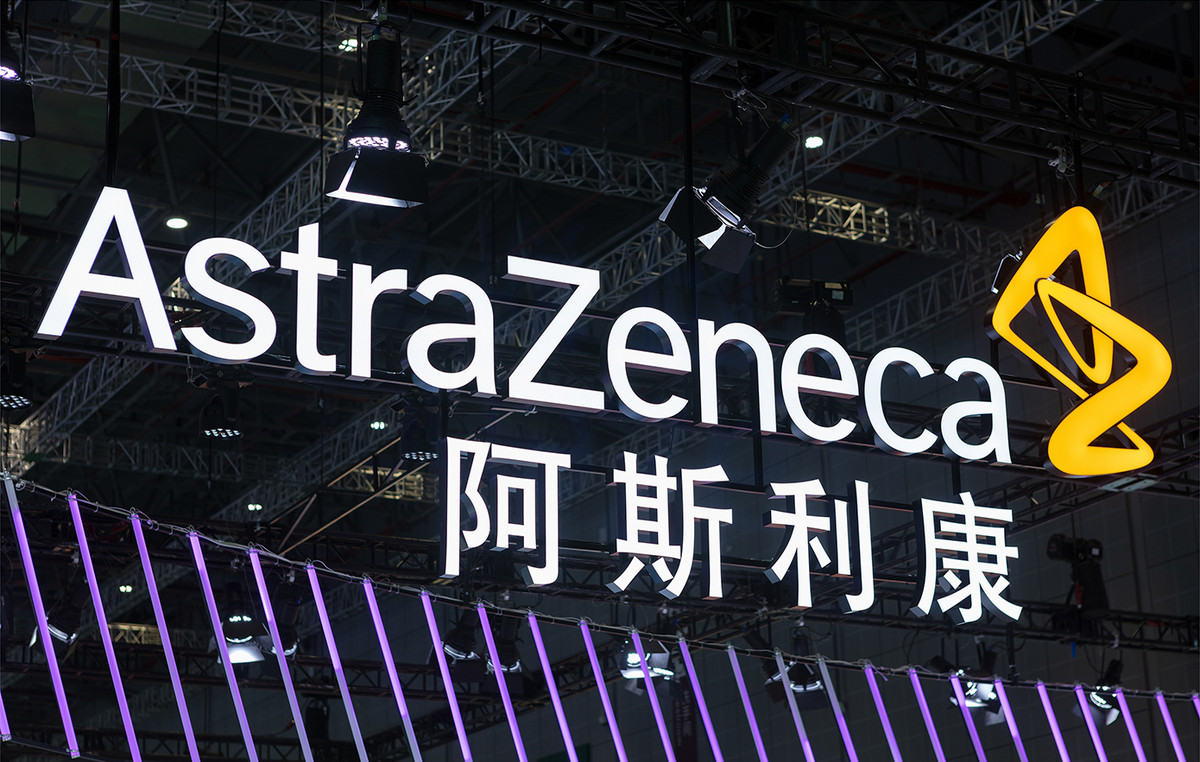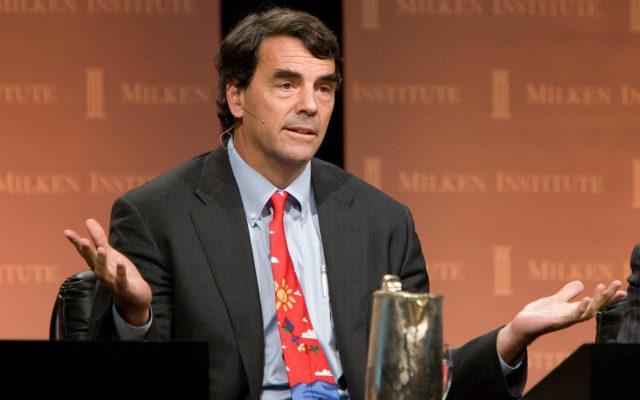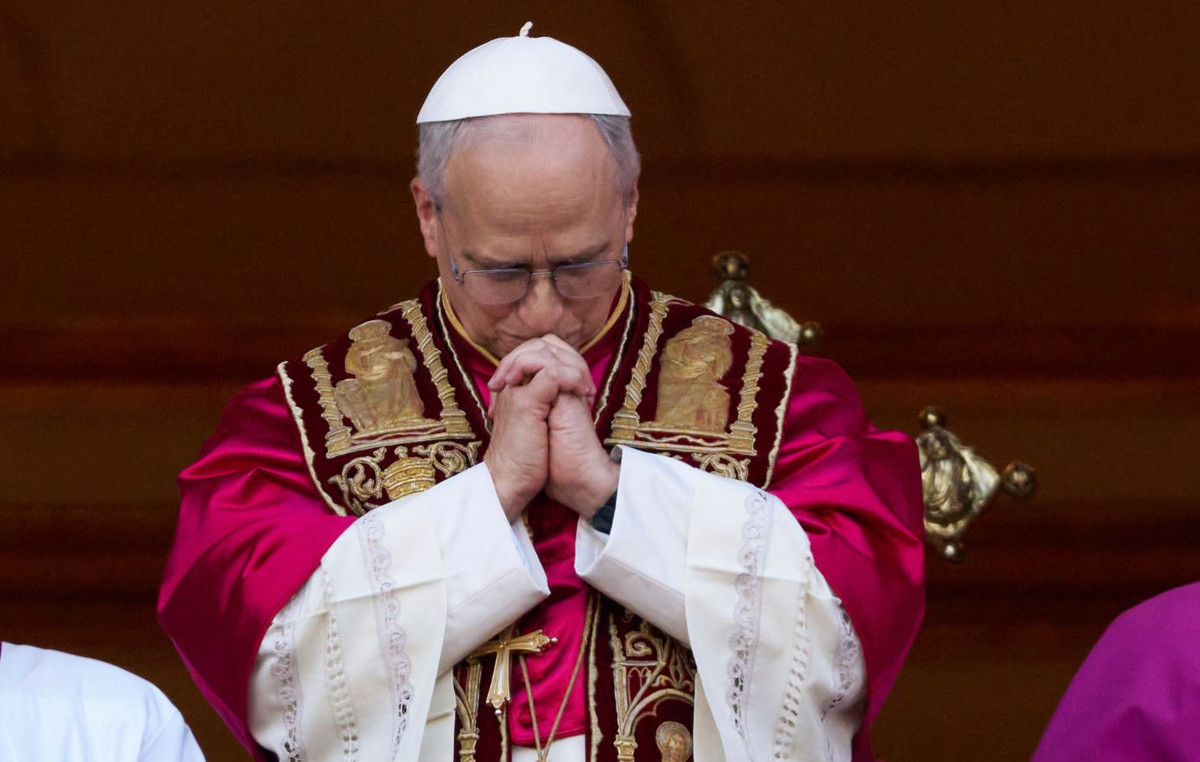The United States and China agreed to revive a working group on climate cooperation and promised a major increase in renewable energy. The information was confirmed by the two governments today, shortly before the summit between the heads of state of the two countries also scheduled for today in San Francisco. The Chinese and Americans, the world’s two biggest polluters, are seeking to overcome geopolitical tensions to tackle the climate crisis.
Cooperation on climate change has long been seen as a rare bright spot in a fraught U.S.-China relationship, tense in areas including trade, technology, human rights and geopolitics. Even the climate issue had lost ground last year, with Beijing cutting off climate talks with Washington in retaliation for a high-level US visit to Taiwan.
The statement on Wednesday, released separately by the US State Department and China’s Ministry of Ecology and Environment, follows meetings between US climate envoy John Kerry and Chinese envoy Xie Zhenhua in California at beginning of this month. The two representatives also met in Beijing for talks this year.
The two sides decided to “operationalize” a suspended bilateral working group to “engage in dialogue and cooperation to take concrete climate action” this decade, according to the statement. Such a working group was first proposed by Kerry and Xi at the 2021 United Nations climate summit in Glasgow, but has been on hold since August last year.
The declaration also promises a huge increase in renewable energy, including wind, solar and battery storage to help manage each country’s massive energy sector – specifically to replace planet-warming fossil fuels like coal, oil and gas. .
China and the US have committed to “sufficiently accelerate the deployment of renewable energy” in their economies by the end of 2030 to accelerate “the replacement by coal, oil and gas.” The two countries also pledged to support efforts to “triple renewable energy capacity globally by 2030” and said they plan to significantly reduce emissions from their power sector within this decade.
Both countries agreed to economy-wide reductions in greenhouse gases in their 2035 international climate commitments, including carbon dioxide, methane and hydrofluorocarbons. The agreement involves trying to reduce emissions in line with global temperature rises to 1.5C – a crucial threshold above which scientists say the effects of climate change, such as heatwaves and droughts, will become difficult for humans and entire ecosystems adapt.
The declaration marks the first time China has officially declared its intention to control the release of all greenhouse gas emissions – not just carbon dioxide as outlined in its current climate goals, said a Chinese scholar in Beijing who spoke on condition of anonymity as he did not receive approval to speak to the media.
“Under the current political environment, both parties have tried their best to find some practical and workable points that can be advanced. It’s very pragmatic,” said the scholar.
Li Shuo, director of the China Climate Hub at the Asian Society Policy Institute, said China’s pledge to set release targets for all greenhouse gas emissions was arguably the most notable point in the statement.
“Carbon dioxide is just one of the greenhouse gases. Non-carbon dioxide gases such as methane still account for a considerable portion of China’s greenhouse gas emissions,” he said.
China had already committed to controlling its emissions “before 2030”, but did not specify exactly when it would do so. But there are signs that the country’s rapid buildup of wind and solar power may be beginning to displace coal; a Carbon Brief analysis released this week said China’s emissions could start to fall next year – and could predict a broader downward shift.
Still, even with promises of a significant increase in renewable energy, there has been no explicit word from China on whether it would phase out or phase out the use of coal – the most polluting form of fossil fuel.
The statement also comes three weeks before the annual UN climate conference known as COP28, which is being held this year in Dubai. Other countries are often seeing signs of cooperation between the world’s two biggest emitters – which could set the tone and pace of the annual conference.
Li said the declaration was a “timely effort to align the US and China” ahead of COP28, as their engagement is “a precondition for significant global progress.” But he said the challenging US-China relationship meant their climate deal would just be “laying the groundwork”, not “tone-setting” – and COP 28 has that mission.
“US-China negotiations will help stabilize politics when countries meet in the UAE, but critical issues like phasing out fossil fuels still require a lot of political effort. China also needs to consider what other ambitions it can bring to the COP. Stopping the approval of new coal power projects is a good next step,” he added.
Source: CNN Brasil
Bruce Belcher is a seasoned author with over 5 years of experience in world news. He writes for online news websites and provides in-depth analysis on the world stock market. Bruce is known for his insightful perspectives and commitment to keeping the public informed.







